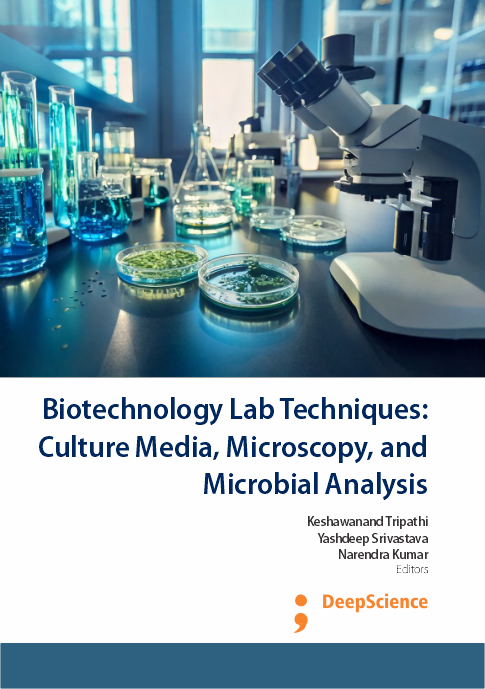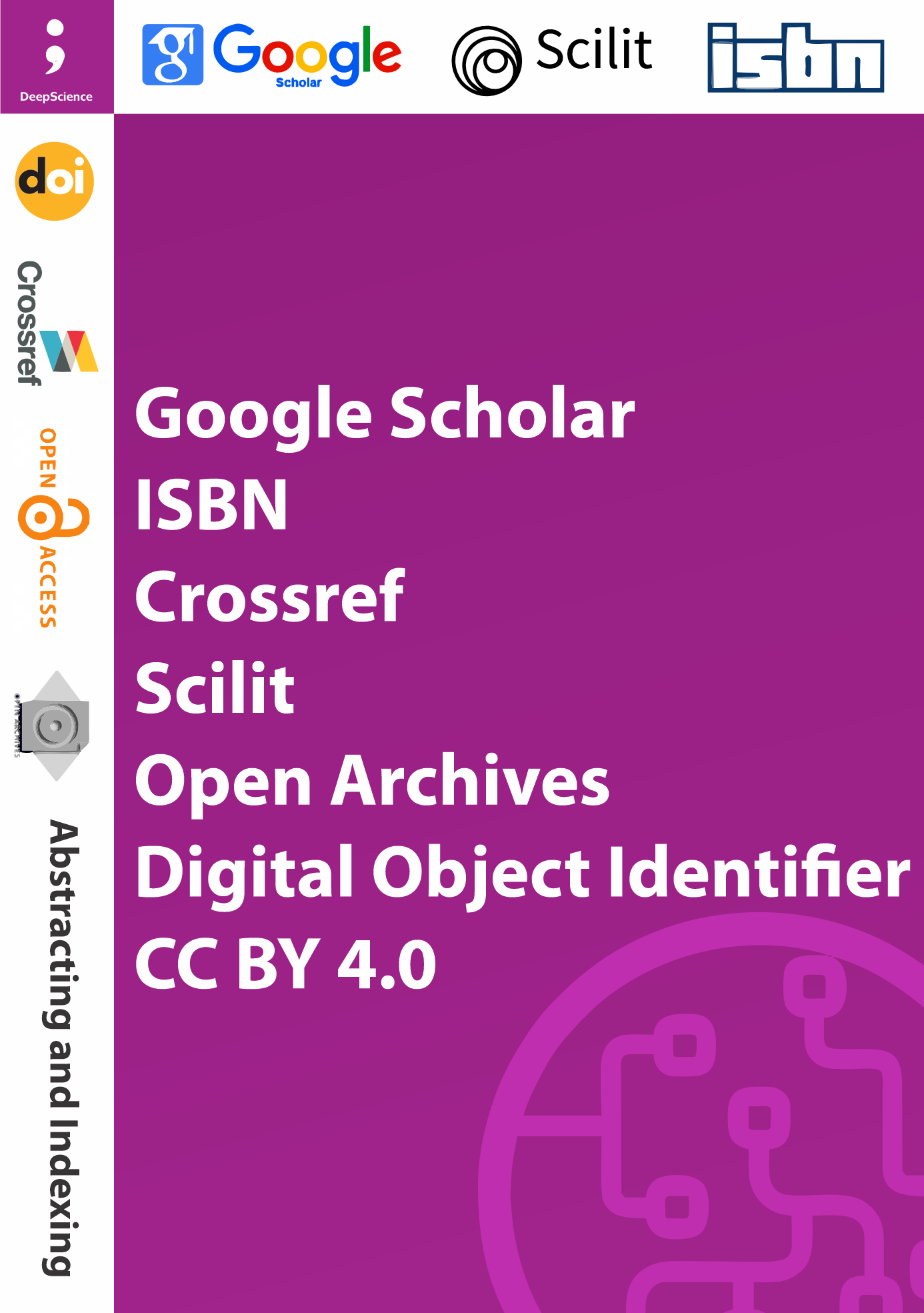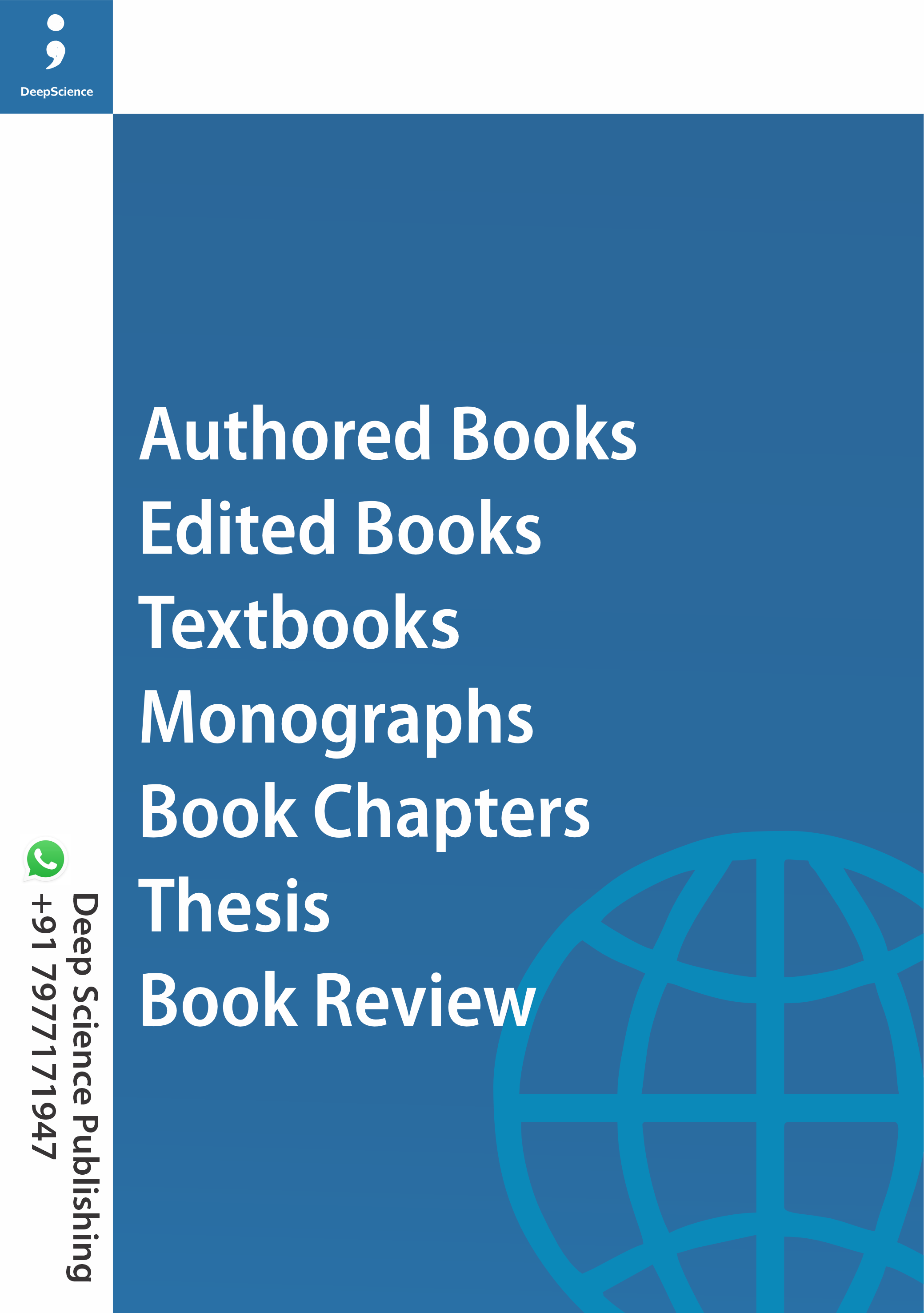Replica plating technique for identifying E. Coli auxotrophic mutants: Principles, methods, and application
Synopsis
Replica plating is a key microbiological method for replicating microbial colonies onto secondary Petri plates, enabling efficient phenotype screening. Colonies are transferred from a primary (master) plate to secondary plates with selective growth media, preserving their spatial arrangement for comparative analysis (Lederberg and Lederberg, 1952; Kageyama et al., 2011; Reddy et al., 2019). A velveteen-covered disk picks up colonies from the primary plate and imprints them onto the secondary plates. This technique is used to screen for phenotypes such as auxotrophy and antibiotic resistance. For instance, a missing colony on a secondary plate indicates sensitivity to a substance in the selective media, aiding in identifying specific microbial traits (Davis, 1950; Hall, 1982; Tripathi et al., 2013; Tripathi et al., 2018).














